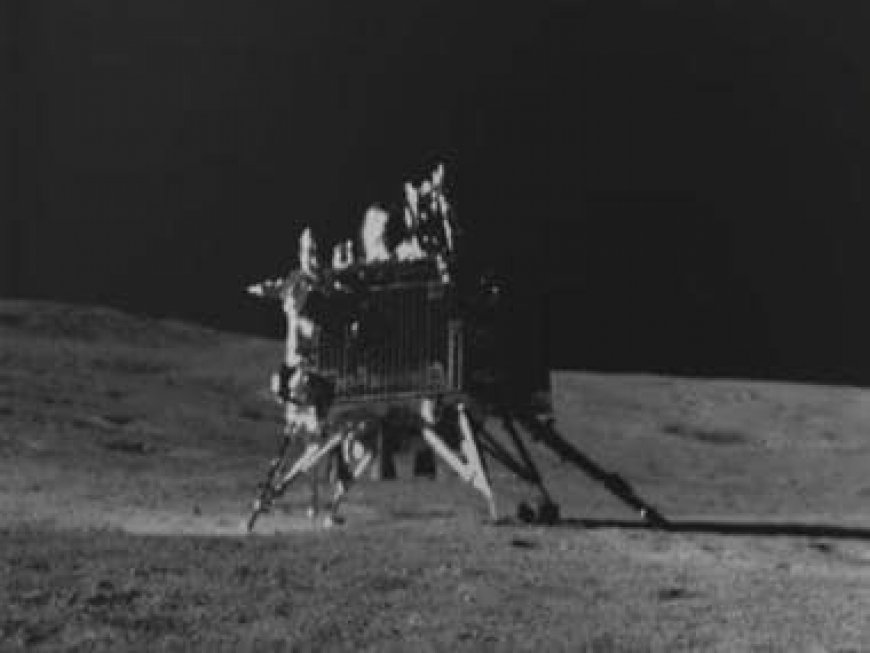NASA & ISRO’s Rendezvous: Lunar orbiter pings India’s Chandrayaan-3’s Vikram Lander on the Moon
NASA & ISRO’s Rendezvous: Lunar orbiter pings India’s Chandrayaan-3’s Vikram Lander on the Moon

NASA’s Lunar Reconnaissance Orbiter (LRO) has successfully pinpointed the location of the Indian Space Research Organisation’s (ISRO) Chandrayaan-3 on the lunar surface through a laser experiment.
The experiment involved the transmission and reflection of a laser beam between the NASA spacecraft and the Vikram lander on the Moon, marking a crucial advancement in precisely locating targets on the lunar landscape.
Chandrayaan-3, which made a historic lunar landing on August 23, witnessed its lander module, Vikram, and rover, Pragyaan, touching down on the Shiva Shakti Point in the South Polar Region of the Moon.
The breakthrough laser experiment occurred on December 12, 2023, when NASA’s LRO directed its laser altimeter instrument toward Vikram.
Positioned 62 miles 100 kilometres away from LRO near Manzinus crater in the Moon’s South Pole region, Vikram reflected laser pulses transmitted by the orbiter.
The successful reflection from a tiny NASA retroreflector aboard Vikram confirmed the effectiveness of the technique, according to a statement from NASA.
Sending laser pulses towards an object and measuring the time taken for light to bounce back is a well-established method for tracking Earth-orbiting satellites from the ground.
However, using this technique in reverse, sending laser pulses from a moving spacecraft to a stationary one to precisely determine its location, holds numerous applications on the Moon, NASA explained.
“We’ve showed that we can locate our retroreflector on the surface from the Moon’s orbit,” said Xiaoli Sun, the scientist leading the team at NASA’s Goddard Space Flight Center in Greenbelt, Maryland, responsible for developing the retroreflector on Vikram.
The retroreflector was developed as part of a collaborative effort between NASA and ISRO.
The success of this experiment opens the door for future missions to use similar retroreflectors, with NASA emphasizing the ongoing efforts to enhance the technique for routine use in upcoming lunar explorations.
(With inputs from agencies)
What's Your Reaction?



























































